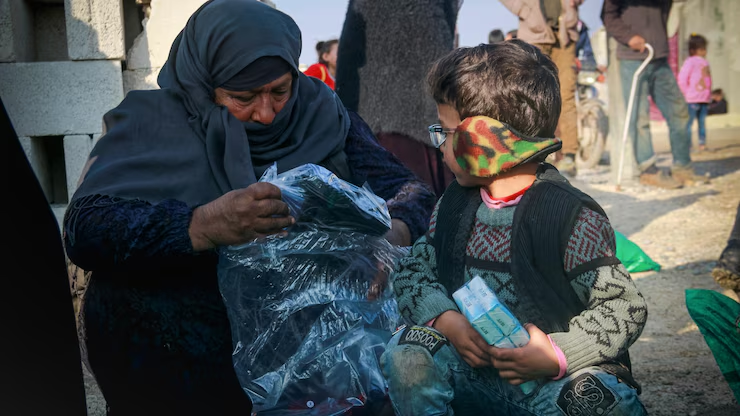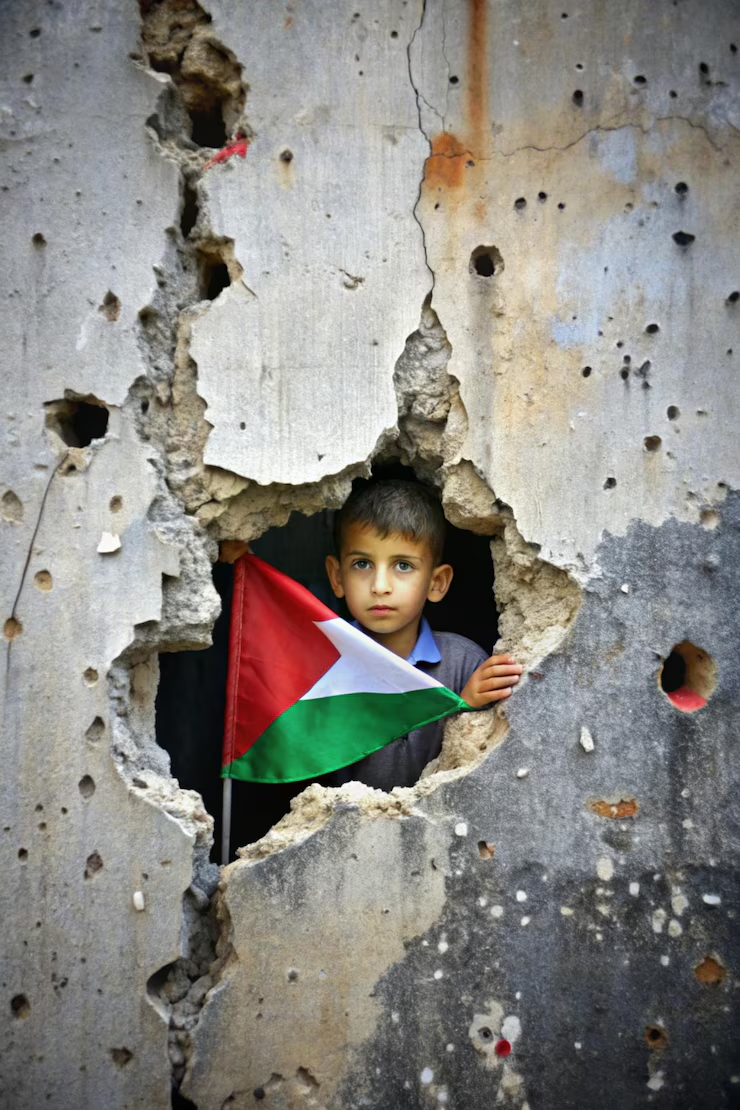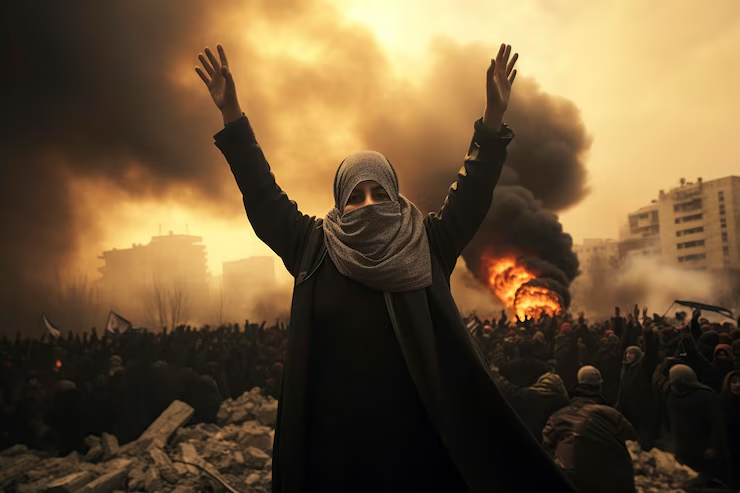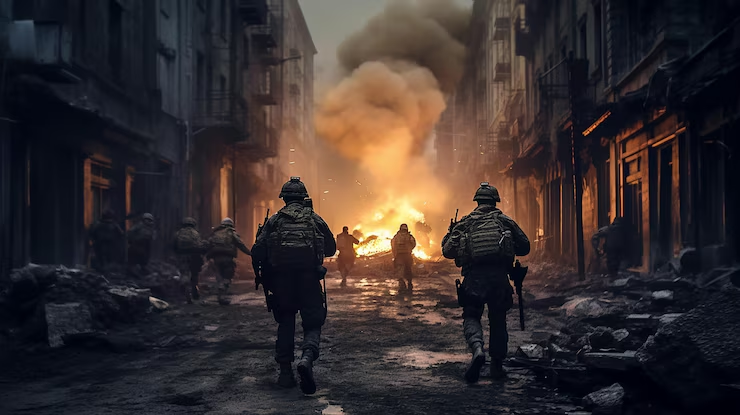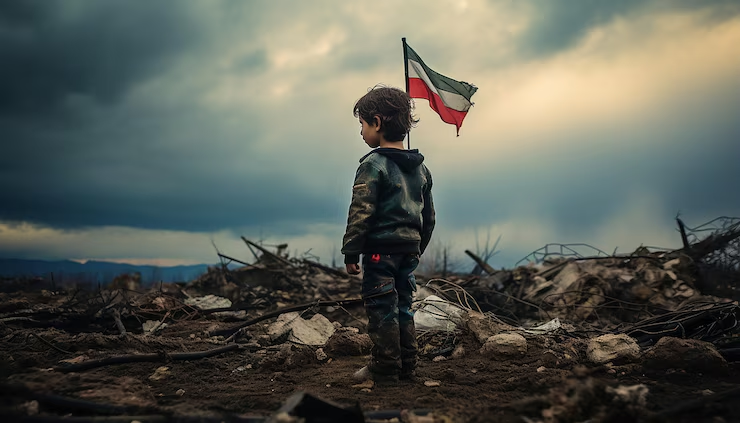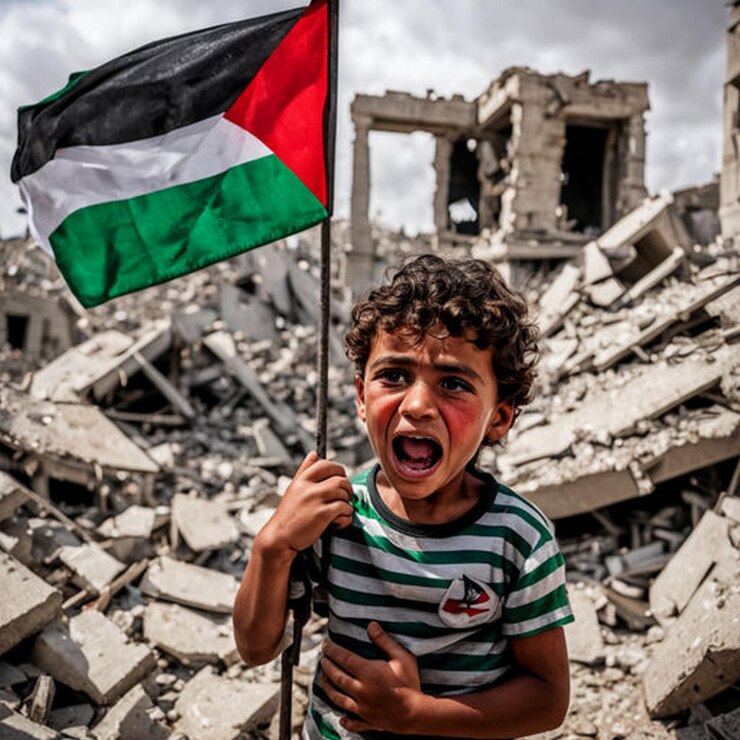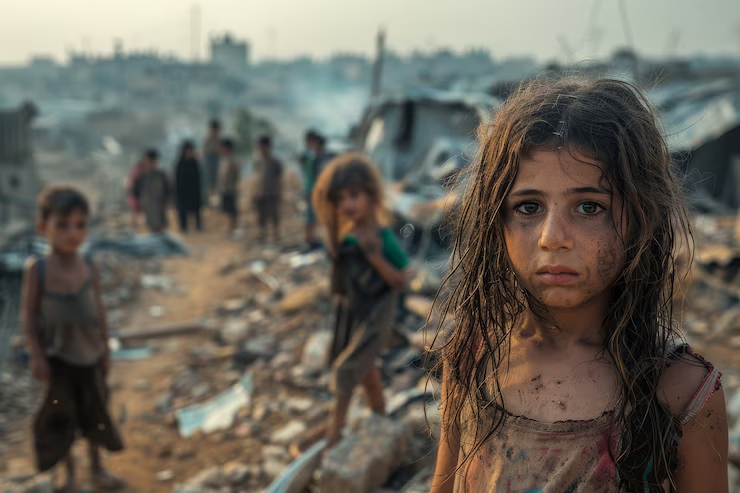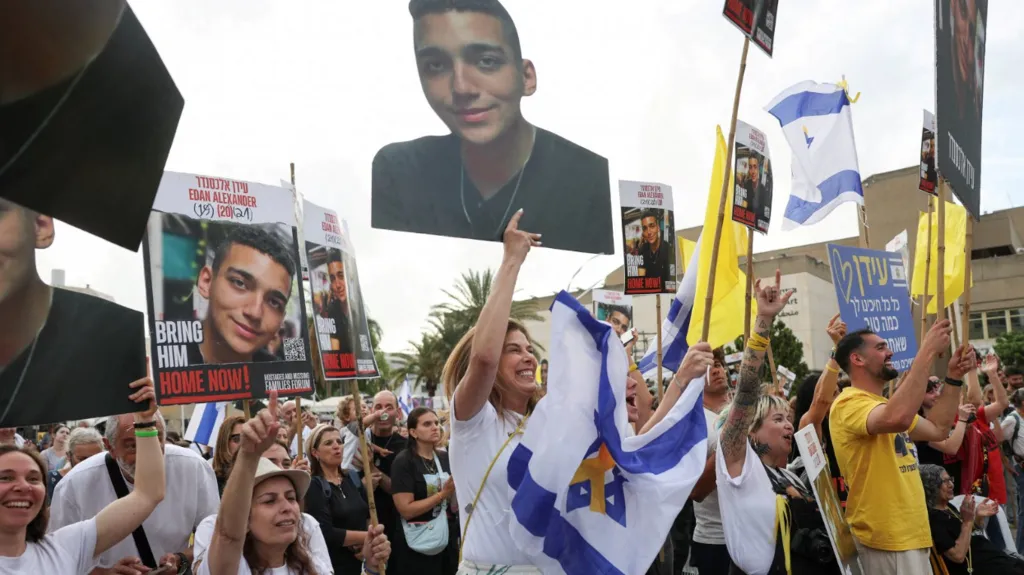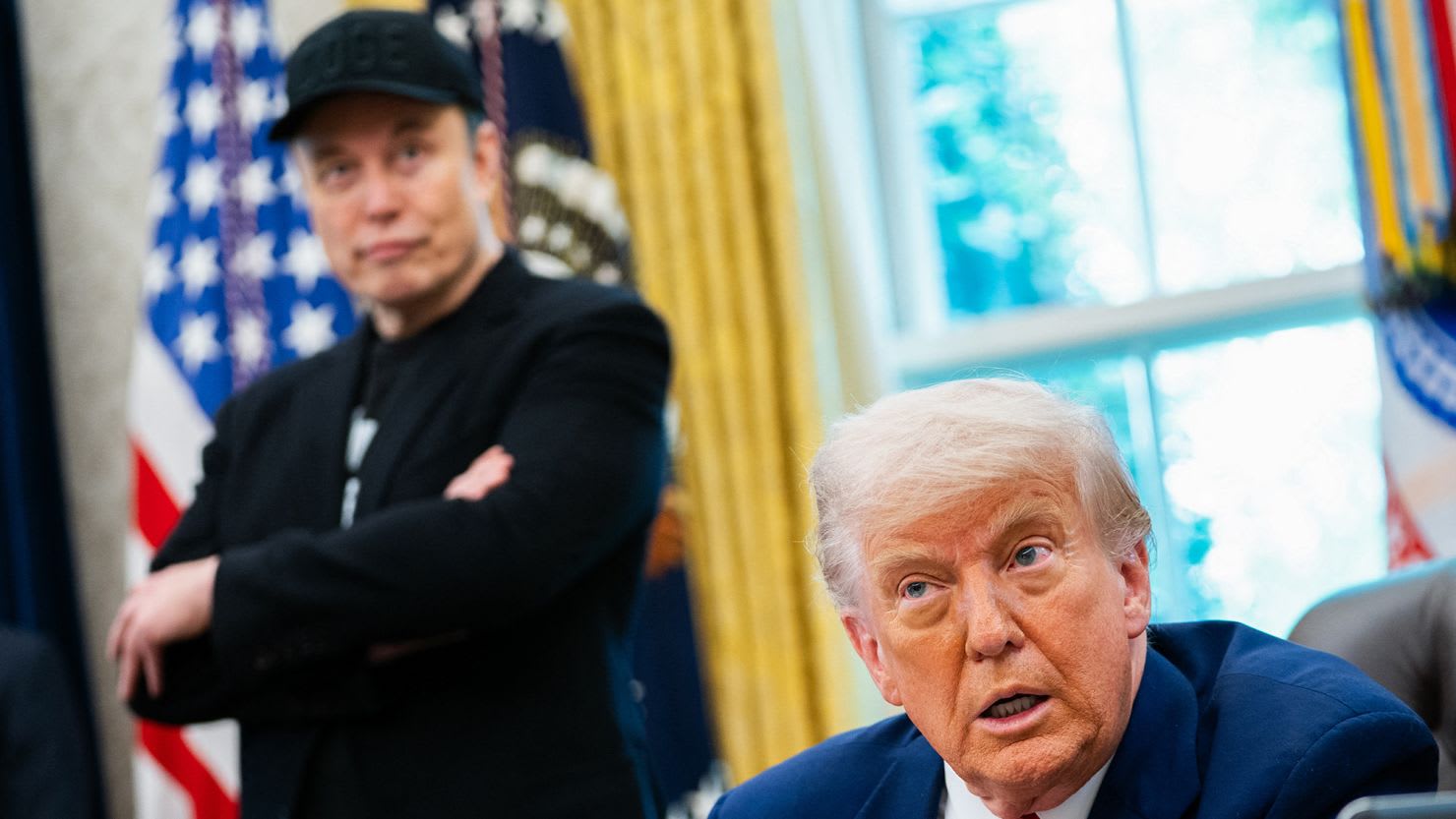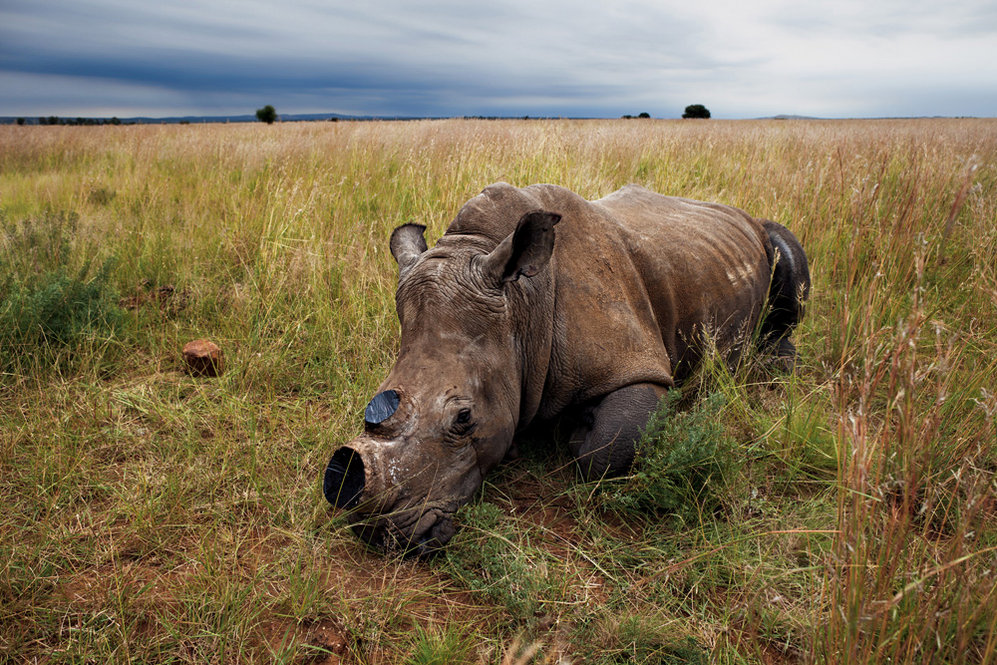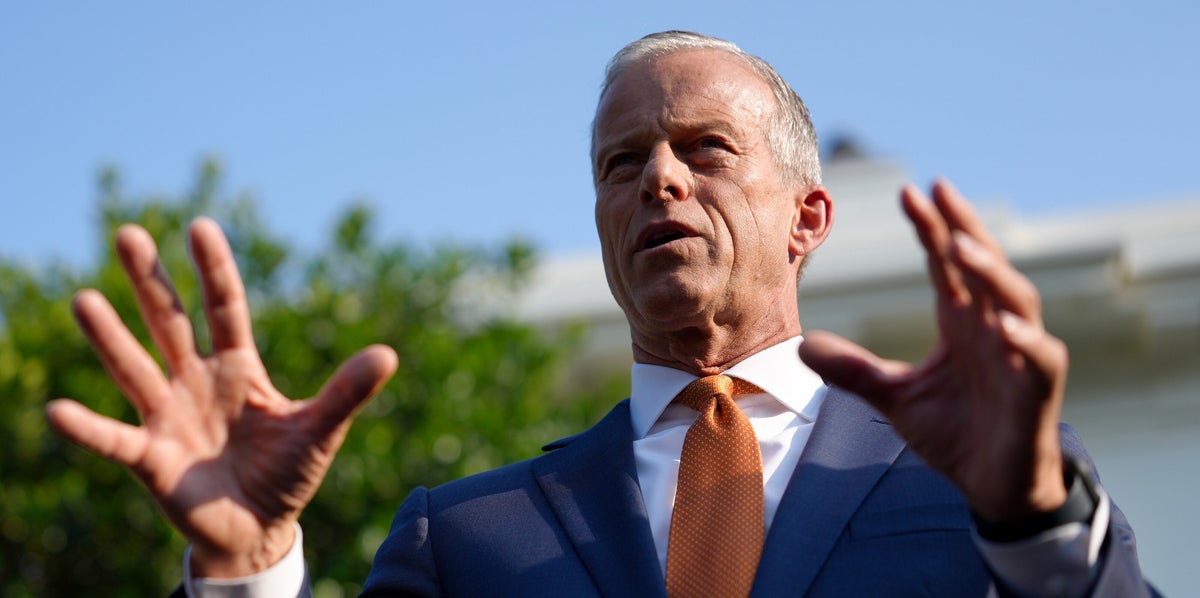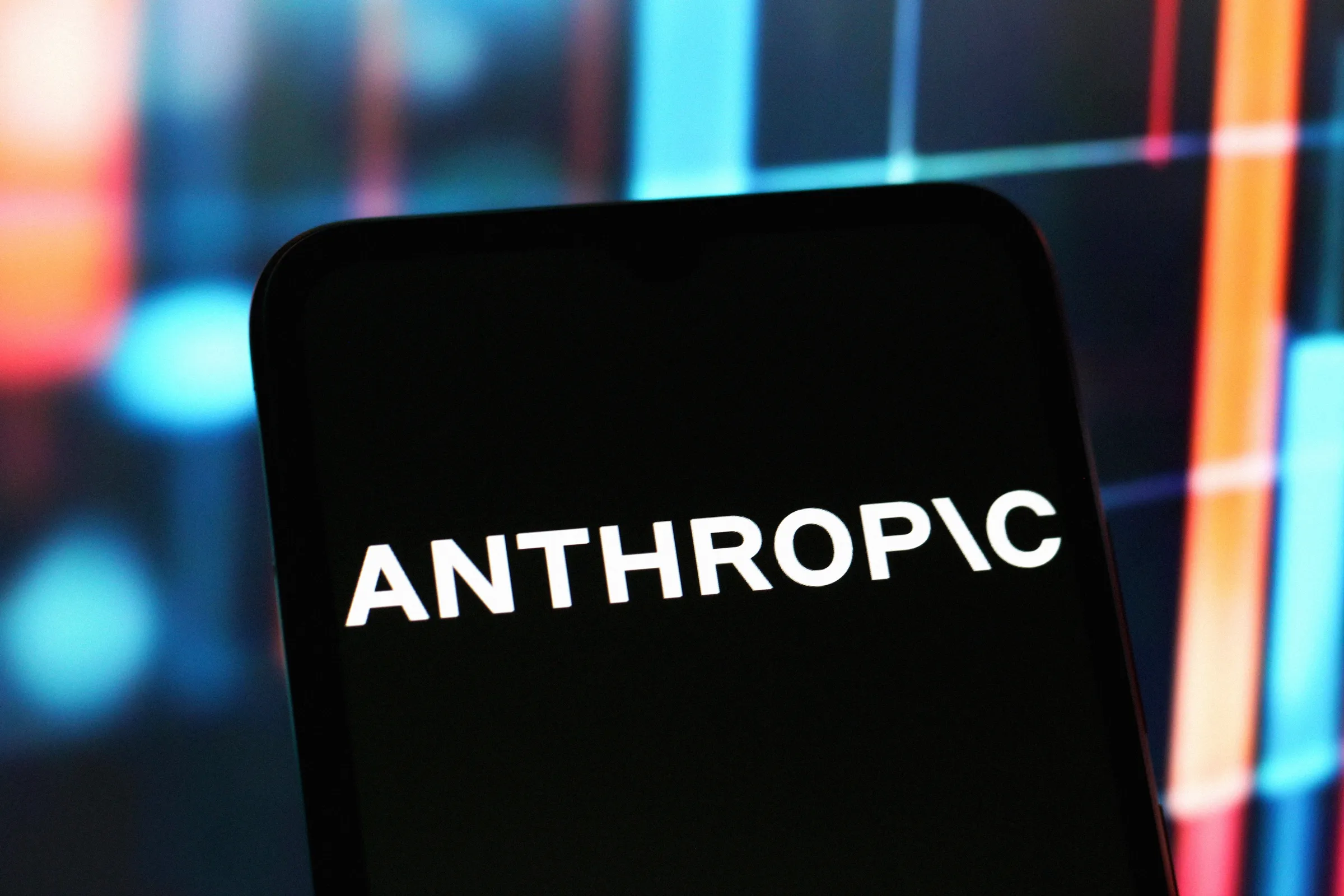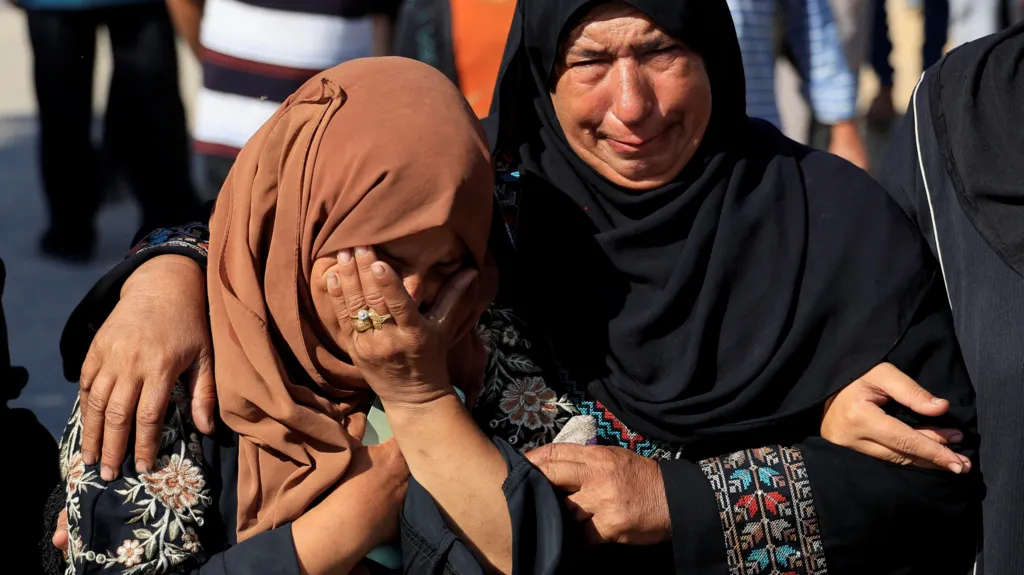
Chaos at Gaza Aid Site: Dozens Killed While Trying to Collect Food
Incident Near al-Alam Roundabout Local officials in Gaza say at least 27 Palestinians were killed by Israeli fire on the night of June 2, 2025, as they tried to collect humanitarian aid near the al-Alam roundabout. This roundabout lies about one kilometre from a distribution centre in Rafah. Witnesses report that Israeli tanks, quadcopter drones, and helicopters opened fire on people gathering to receive food and supplies. Gaza’s Civil Defence spokesman, Mahmoud Basal, said civilians were shot when they “deviated from the designated access routes.” The Israel Defense Forces (IDF) confirmed their troops fired warning shots roughly 500 metres from the aid site at individuals they described as moving toward soldiers in a way that “posed a threat.” Eyewitness Accounts of the Violence Nadeem Zarab, a local journalist who witnessed the shooting, described how he and his uncle set out for the aid centre at about 02:00 local time (00:00 BST). When they reached the roundabout, he said, “The shooting started—from the helicopter, the tanks, and the sniper soldiers. Gunfire was coming from all directions.” He and others took shelter behind a wall. “People, as they were running, began collapsing in front of us. My uncle saw someone fall and tried to help, but I shouted for him to come back,” Zarab said. Another eyewitness, who asked not to be named, is a displaced father of five from Khan Younis. He said he arrived around dawn after Israeli forces told families they would receive aid from a US-supported committee. “When we got near the checkpoint, it opened at six o’clock. Suddenly, gunfire erupted from all directions. Hundreds were wounded or killed. The scene was horrific,” he recalled. As people tried to move away, “machine guns began firing at us,” he said. A third witness reported “intense shelling from aircraft and tanks” when they reached the aid site just after 05:00 local time (03:00 BST). It remains unclear whether all the fatalities occurred in a single event or over several incidents throughout the early hours. Medical Response in Khan Younis Doctors at Nasser Hospital in Khan Younis received 24 dead and 37 wounded with gunshot injuries, according to the hospital director, Atef Al-Hout. A foreign medic working in the area called the situation “total carnage since 03:48,” adding that medical staff were overwhelmed by the number of casualties. IDF’s Explanation In its statement, the IDF insisted it was not blocking civilians from reaching aid sites. “Warning shots were fired approximately half a kilometre away from the humanitarian aid distribution site toward several suspects who advanced toward the troops in such a way that posed a threat to them,” it said. The IDF also stressed it has not prevented Gazans from accessing humanitarian aid. Both the IDF and the Gaza Humanitarian Foundation (GHF)—the Israel- and US-backed agency now managing aid distribution—deny responsibility for the casualties. The GHF said its site was “secure” and suggested that any injured civilians had moved into a “closed military zone” beyond its operational area. Hamas-run authorities and dozens of NGOs, however, dispute these denials. Changes to Aid Distribution Until recently, the United Nations and other agencies delivered aid directly into communities at about 400 locations across Gaza. Now, the GHF requires Palestinians to travel to distribution points in areas under Israeli military control. There, American security contractors oversee operations. Recipients wait in line for hours—often overnight—hoping to be among the first when aid is handed out. They then must carry boxes weighing up to 20 kg (44 lb) back to their homes or shelters. Critics say this new process is “weaponising” aid. They argue it forces desperate civilians into danger simply to survive. UN agencies and international bodies have condemned the GHF’s system as violating humanitarian principles. International Reactions UN human rights chief Volker Türk condemned Tuesday’s violence: “For a third day running, people were killed around an aid distribution site. Palestinians face the grimmest choices: die from starvation or risk being killed while trying to access meagre food made available through Israel’s militarized assistance mechanism.” After a similar incident on May 31, when at least 31 people were killed at the same site, UN Secretary-General António Guterres demanded “an immediate and independent investigation into these events and for perpetrators to be held accountable.” The International Committee of the Red Cross (ICRC) reported a “mass casualty influx” at its Rafah hospital, with 21 people declared dead on arrival. Despite these calls, Israel and the GHF maintain they did not fire on civilians at or near the distribution centre. The IDF’s initial probe into the May 31 shooting concluded its forces did not fire at anyone close to the aid site. Meanwhile, the GHF accused Hamas of spreading false information following that incident. Background: Gaza Conflict and Rising Toll Israel launched its current military campaign in Gaza on October 7, 2023, after Hamas militants attacked across the border, killing around 1,200 people and taking 251 hostages. According to Gaza’s health ministry, at least 54,470 Palestinians had died in the Strip by June 3, 2025. Of those, 4,201 were killed after Israel escalated its offensive on March 18, 2025. Tensions remain high as aid becomes ever more scarce. With international agencies sidelined and a militarized aid system in place, many Gazans feel they have no safe way to secure basic food and medical supplies. The deadly events near al-Alam roundabout highlight the growing risks for civilians caught between warring sides.

